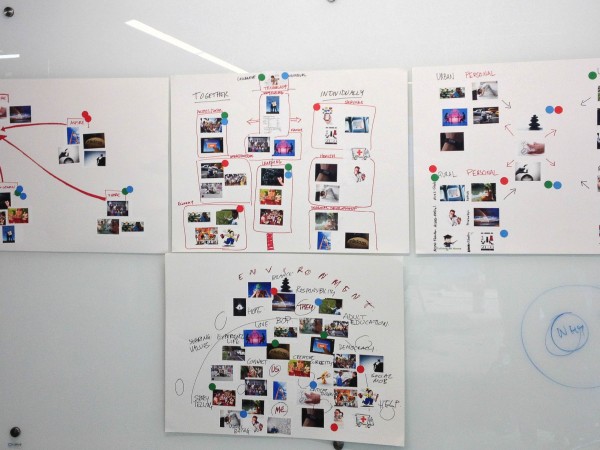Crain's Tech 50
/I'm extremely flattered to be included in Crain's Tech 50 this year!* I'm proud of Chicago's tech scene and it is truly exciting to be in such esteemed company. Though, as many people have already noted, it is disappointing that only nine women appear on this list. I wouldn't be where I am today without the support of many generous people, and those that have been my strongest mentors and allies have been other professional women. I will continue to do my part to continue to encourage other women to enter the tech field and I look forward to the day when having a "Wise Men" category on this type of list (seriously, wtf?) is no longer even a comprehensible option.
(*I'd like to note that while I wish it was the case, I did not learn to program as a child. I also wish they had mentioned the Chicago UX Book Club and my MLIS degree, not to sound ungrateful :)











